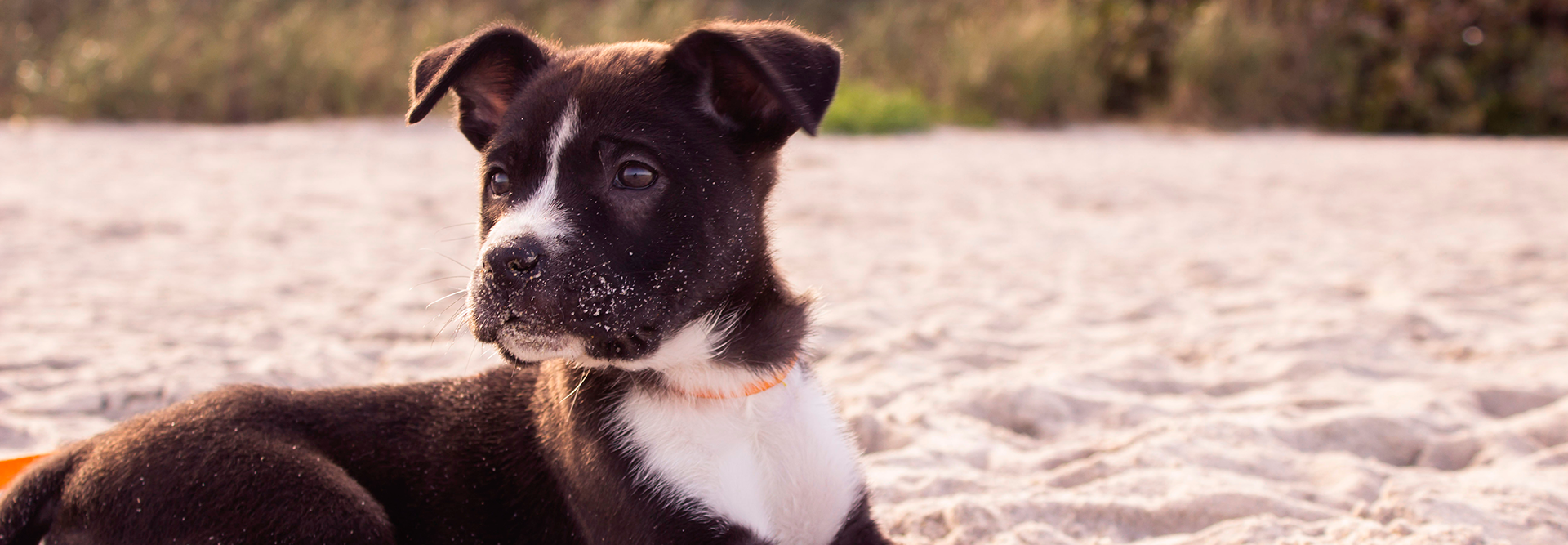Phone: +1 (903) 561-3142

Once your puppy reaches a certain age, it’s time to teach them some useful commands! Now, training a dog to follow commands and perform tricks may seem like more work than anything else, but every canine benefits from it. And if you want to start the year off on the right foot, training your puppy […]
Once your puppy reaches a certain age, it’s time to teach them some useful commands! Now, training a dog to follow commands and perform tricks may seem like more work than anything else, but every canine benefits from it. And if you want to start the year off on the right foot, training your puppy is a great way to go! On this blog, we will delve into the essentials of dog training, including why it’s important, do’s and don’ts, and the best commands you can teach them.
Training your dog comes with countless amount of benefits for your dog and you! Unfortunately, we can’t talk to our dogs the same way we talk to other people so it’s crucial to have a way to communicate with your cuddly friend in an efficient manner. Training your dog to follow commands gives you that advantage.
When you train your dog (especially during puppyhood), you can prevent several habits—like chewing and excessive barking—from developing into unwanted behavior. Your pooch will have a better understanding of the rules of your house and what behaviors are expected from them. If your dog has a haughty or sassy personality, training can stop them from trying to overstep their boundaries like bossing others around the house.
Proper training also gives you the opportunity to bond with your furry friend, leading to a long friendship built on mutual respect!
When your fur-baby sits on command and you reward this behavior with a treat, you are training your pooch with positive reinforcement. This increases the probability of your dog sitting on command again.
In dog training, there are two types of reinforcement you should know about:
Positive reinforcement is often recommended by dog trainers because it motivates your dog to perform the desired commands or tricks. A yummy treat, chewy toy, or even affection from you is enough to make your dog perform any trick you want.
Negative reinforcement, on the other hand, involves the removal of two types of stimuli: aversive and positive. Removal of aversive stimuli can include removing something unpleasant like “time out” from your puppy’s environment. With the removal of positive stimuli, you can take away a puppy’s favorite object or refrain from giving them affection when they behave badly.
Negative reinforcement can be an effective training method and may be combined with positive reinforcement. Always avoid scolding or hitting your dog as this will cause them to fear or resent you—far from the goal of dog training.
There are various do’s and don’ts when it comes to dog training. Knowing these tips can come in handy as you teach your dog the rules of the world. Here are a few things you should do while you train your dog:
Along with the do’s of dog training, there are several don’ts that you should always make sure to avoid such as:
Sit, roll over, stay—it’s hard to decide what tricks and commands to teach your dog. Whether you’re a seasoned or novice dog owner, you should always opt for the 5 basic commands. These commands come in handy when you’re walking with your puppy at a dog park or at home:
Remember to keep training sessions short and fun. Training should never feel like a chore. And if you feel like your puppy isn’t cooperating, take a break and try again later. You can also opt for obedience classes or private lessons with a licensed dog trainer for a detailed approach to training. Just get on with training and we’re certain your puppy will learn what it takes to be a good boy or girl. We hope that National Train Your Dog Month brings you and your cuddly pooch closer together!